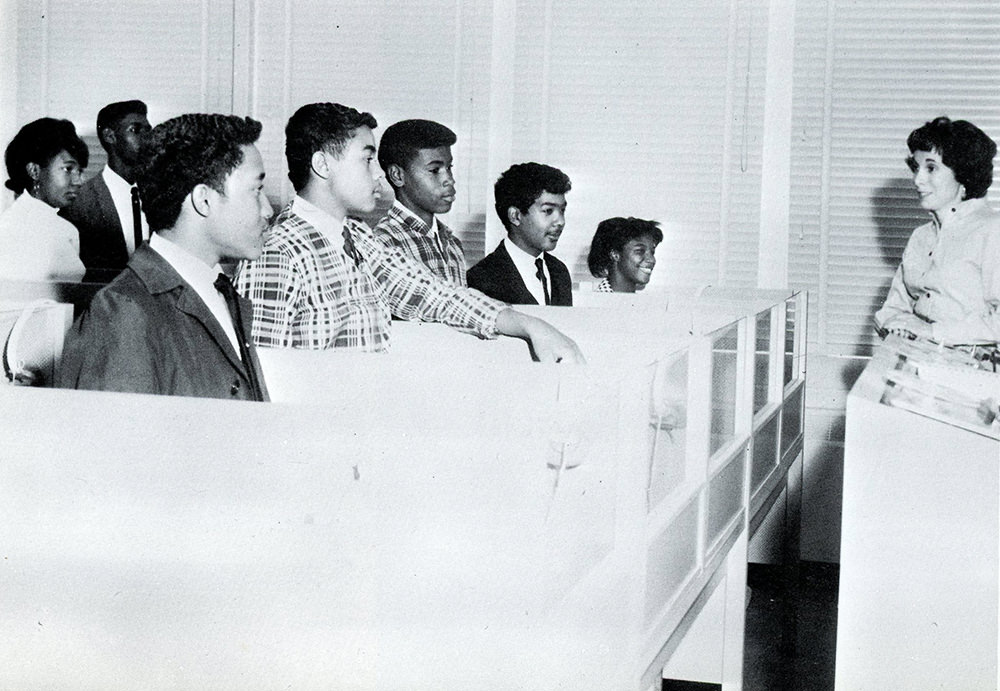The phrase “Black is Beautiful” that swept the nation in the 1960s was heard frequently in my mother’s classroom. Her students were surprised one day to walk in and see written boldly on the chalkboard, “Black is Not Beautiful.”
When the students, all of whom were black, began to object, she pointed out that black has come to symbolize unpleasant aspects of life. She didn’t have the brain science to prove it, but she suggested that this may go back to the early days of humankind, when early people were afraid of the night, fearful of the cold and dark that came with the setting sun. Knowing that her students knew their bibles, she added, “Later, we see this fear reflected in religious writings.”
Her students were quick to offer an example: the plague of darkness on the Egyptians when they wouldn’t free the Jews. When asked the colors of Heaven and Hell, nobody disagreed when one student stated “white and black.”
Then my mother, always looking to quote Shakespeare, offered, “Black is the badge of hell.”
“Do you still think black is beautiful? In almost every society around the world, the color black evokes feelings of melancholy and despair, of alienation and evil. White, on the other hand, is usually viewed as symbolic of virtue and purity, of truth and spirituality.”
Accustomed to her teaching style, her students knew that more was expected of them, that it was time to respond. “That may be true, Miz Kruger, but all that stuff has nothing to do with us, with who we are. We are beautiful.”
“Yes, you are indeed beautiful.”
This anecdote is from the classroom of my mother, Aura Kruger, who began teaching English in an all-black high school in 1967.


Leave A Comment